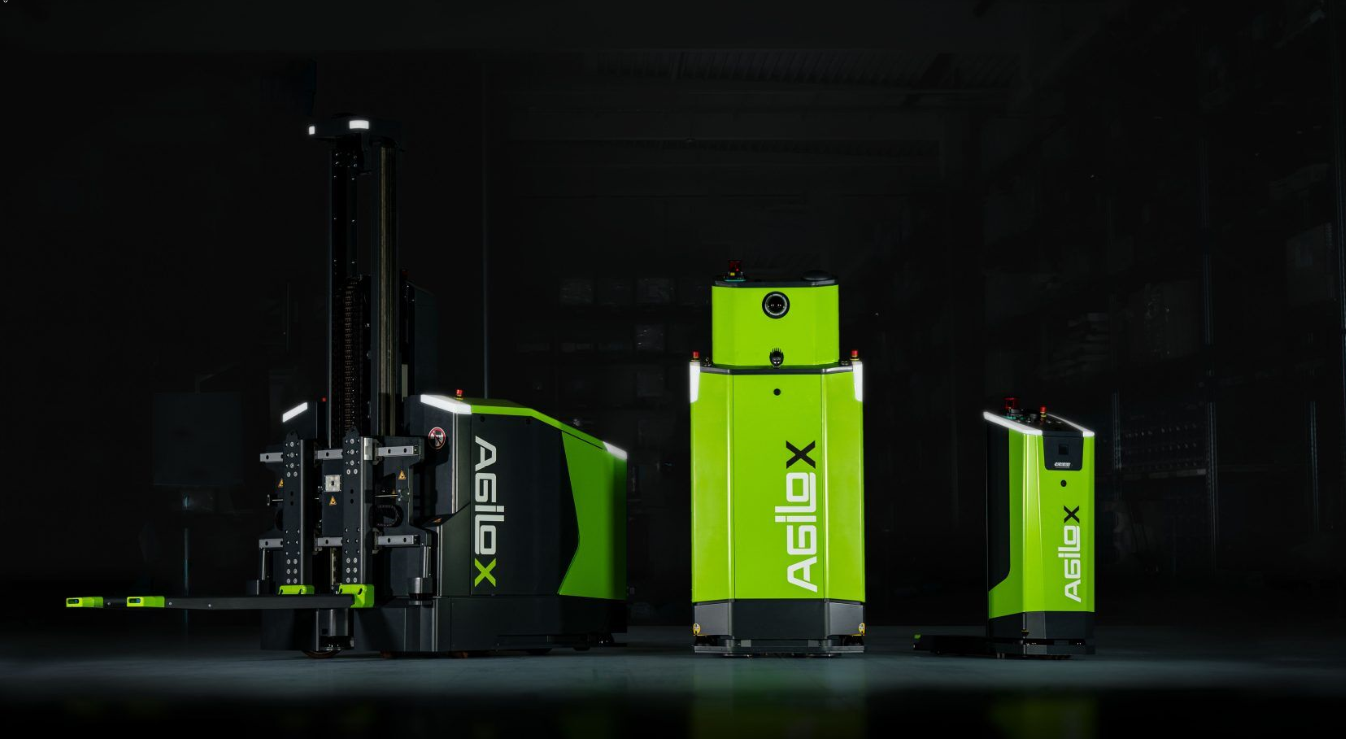
- Share
Unlock the Potential: Motivations and Top Applications of Automation & Robotic Technology
Automation and robotic technology has become a game-changer across various industries, revolutionizing the way we approach tasks and streamline operations. As organizations strive to enhance efficiency, cut costs, and ensure safety, the integration of robotics has emerged as a powerful solution. In a recent survey by Peerless Research Group, professionals were asked about their motivations for embracing robotics and the key use cases they were considering. Here are the top factors driving the adoption of robotics, as well as the most promising applications identified by respondents.
Motivations for Pursuing Robotics:
Survey participants highlighted several compelling factors that propelled their interest in robotics. Here are the top three motivations they identified:
-
Increasing Flow/Throughput: One of the primary driving forces behind the adoption of robotics is the need to enhance operational flow and throughput. By automating various processes, companies can achieve faster and more efficient production, enabling them to meet increasing demands and reduce bottlenecks.
-
Addressing Labor Availability Constraints: Labor scarcity is a significant concern in many industries. Respondents recognized that robotics could bridge the gap by taking over tasks that are challenging to staff or where labor availability is limited. By deploying robots, organizations can maintain consistent productivity levels and reduce reliance on scarce human resources.
-
Improving Labor Productivity & Reducing Costs: Efficiency and cost-effectiveness are crucial considerations for any business. Robotics offers the potential to significantly improve labor productivity by automating repetitive or physically demanding tasks. This automation not only reduces the strain on human workers but also minimizes the occurrence of errors and rework. By optimizing operations, companies can achieve greater output while simultaneously reducing labor costs.
In addition to the top three motivations, respondents also acknowledged several other advantages of implementing robotics:
-
Enhancing Safety and Reducing Injuries: The integration of robotics can create a safer work environment by handling hazardous or strenuous tasks, thus reducing the risk of injuries for human workers.
-
Improving Order Accuracy and Quality: Accuracy is paramount in industries that deal with order fulfillment. Robotic systems can greatly improve order accuracy and quality, ensuring customer satisfaction and reducing costly errors.
-
Consistency and Adherence to Best Practices: Robots are highly reliable in adhering to predefined protocols and best practices. This consistency ensures standardized output, minimizing variations caused by human factors.
-
Shifting to Fixed Costs to Mitigate Inflation: By incorporating robotics, organizations can shift from labor-intensive processes, subject to wage inflation, to more fixed costs. This shift helps mitigate the impact of variable labor costs, providing better cost predictability & stability.
-
Maximizing Space Utilization: Efficient utilization of available space is a key concern for industries with limited warehouse or storage capacity. Robots can optimize space utilization by efficiently organizing inventory and facilitating better inventory management practices.
-
Reducing Losses and Write-Offs: Damage is a common challenge in logistics and warehousing. Robotics can play a vital role in minimizing losses and write-offs by handling fragile or valuable items with utmost care and accuracy.
Promising Use Cases for Robotics
The survey also explored the top three use cases respondents were considering for robotics integration. Here are the most prominent applications identified:
-
Picking: Robotic picking systems are designed to handle the retrieval of individual items from shelves or bins. By automating this process, organizations can accelerate order fulfillment, reduce errors, and enhance overall efficiency.
-
Receiving and Unloading: Robots can efficiently handle the unloading of goods from incoming shipments, automating the process and ensuring swift and accurate inventory updates.
-
Sorting: Sorting items based on predefined criteria can be a time-consuming task. Robotic sorting systems can categorize products quickly and accurately, enabling streamlined inventory management and
Want to learn more? Contact us for a Wolter Automation expert Today.

